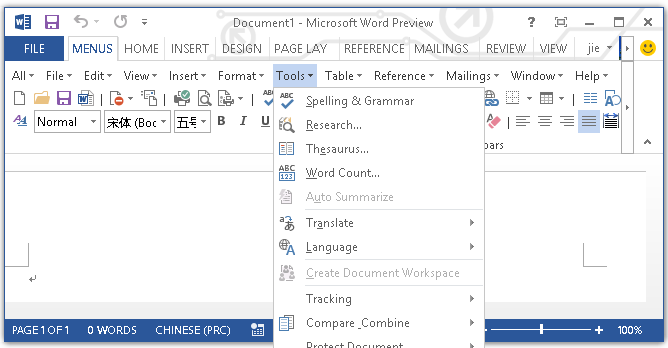
Share and collaborate on files and folders.Sync music, books, and more between devices.Make and receive phone calls on your Mac.Use one keyboard and mouse to control Mac and iPad.Use Live Text to interact with text in a photo.Make text and other items on the screen bigger.
#CALENDAR MENU BAR MAC INSTALL#
Install and reinstall apps from the App Store.Use a Third Party App: There are several OS X apps that can be configured to display the date in the menu bar, often using less space than Apple’s text-based approach. Those running Yosemite or higher can see the complete date displayed at the top of the Today view.
#CALENDAR MENU BAR MAC FREE#
There are free apps that offer similar functionality to Bartender - AccessMenuBarApps and Broomstick - but we can’t vouch for them as we haven’t used either extensively.Ĭheck the Date in Notification Center: Apple added a “Today” view to Notification Center in OS X Yosemite.
#CALENDAR MENU BAR MAC FULL#
Use Bartender to Hide Other Menu Bar Icons: If you simply don’t have room for the full date in your menu bar, you can use the app Bartender ($15) to hide most or all of them, leaving plenty of room for a complete date and time menu bar widget. If you keep the Calendar app icon in your dock, even if you don’t use the app, you’ll always have a way to quickly reference the current date. Use the Calendar app in your Dock: Apple’s Calendar app is unique in that its dock icon changes each day to show the current date. Here are some other options if you want quick access to the current date but don’t want it taking up extra space in the menu bar. Other users simply prefer a minimalistic look with as little in the menu bar as possible. The steps above are simple and effective, but your Mac’s menu bar has limited space for displaying information, especially for those using smaller, low-resolution displays. If you ever wish to further tweak your menu bar clock, or revert to the default configuration, you can do so by returning to System Preferences > Date & Time > Clock.

There’s no need to save or reboot you’ll see your date and clock display change instantly. Once you’ve made your display choices for your Mac menu bar clock, you can close System Preferences. While this likely won’t be a problem for most users, those who want the complete date shown in the menu bar, including year, will have to turn to third party alternatives like iStat Menus. If you use a third party app to display the date or time in the menu bar, you’ll likely want to disable Apple’s menu bar clock entirely, which you can do by unchecking the option labeled Show date and time in menu bar in the Date & Time preferences window. The only downside is that, unlike Windows, it is not possible to display the current year in the menu bar (however, the year is always displayed when revealing the current date by clicking on the clock in the menu bar, as described in the previous section). For example, you can display seconds in addition to hours and minutes in your clock, switch between a 12-hour and 24-hour clock format, or hide the “AM/PM” indicators.

If you’re so inclined, you can further tweak the look of your menu bar date and time display by changing other options in this window. The OS X menu bar clock configured to display the current date in addition to the day of the week.


 0 kommentar(er)
0 kommentar(er)
